
An armload of pain lies between that puckered first descent and the top step in a World Cup downhill or EWS podium. Everyone who grabs onto a mountain bike bar and gives partial control to gravity has issues with arm pump, wrist pain, and/or hand aches at some point. If your first experience of arm pump had you clicking on this article, check out our past piece that lays out why that pain happens and some useful tips to relieve it. If you’ve tried everything and the flesh below your elbows still feel like roadkill-snakes, the following info will hopefully help you ride faster with a more comfortable grip.
Enter Liz Koch. She’s a longtime mountain biker and kayaker who works as a physical therapist at Blue Ridge BioMechanics and an online MTB personal trainer with The Ride Life. Koch works almost exclusively with mountain bikers and whitewater kayakers. As you might have guessed, she knows a boatload about shoulder injuries, and just as much about how to help our hands, wrists, and forearms feel better on long descents.
Odds are, if you’re experiencing pain that results in poor grip strength you have likely tried a few adjustments on the bike. As the article linked above mentions, proper braking technique and lever placement, grip style, handlebar shape and adjustment, riding style, suspension, and even tire pressure will greatly affect your overall grip strength. Each of those elements plays a vital role in the quest for a healthy handlebar grip. Cross-country riders who stand up and pedal frequently may feel better with their levers tilted further down that enduro and DH racers who keep them as flat as possible for an optimal position on the steep stuff. Once the controls are largely dialed, the body needs to be equally prepared. While riders often experience pain below our elbows, Koch says that the cause is likely further down, in your core.
“Our points of contact with the bike are feet, butt, hands. When you’re out of the saddle then it’s hands and feet. So, your body control comes from your trunk control. You’re using it to develop power for your legs and to learn how to move your arms separately from your body. If you don’t have that strength then you’ll weight things differently. If you don’t have a strong enough core you’ll pull more on your arms to use your legs more so. You’ll also tend to lean more or weight differently through your trunk because you don’t trust it. Your brain automatically goes into a compensating zone if it doesn’t have a strong core. Inevitably, you’ll be more upright with your core instead of being more horizontal. More squatted instead of deadlift style on the bike.”
For gravity-focused riders, this situation is exacerbated. “Especially going downhill, if you’re getting arm pump, you’re overloading those areas. It’s because you’re not able to hold control through your trunk. If you look at a squat — if somebody only uses quads. They don’t engage through their glutes or hamstrings, the only way to make them do that is to make them actively engage their core. Which actually means to have them fold over more and have them make it more deadlift-esque.”
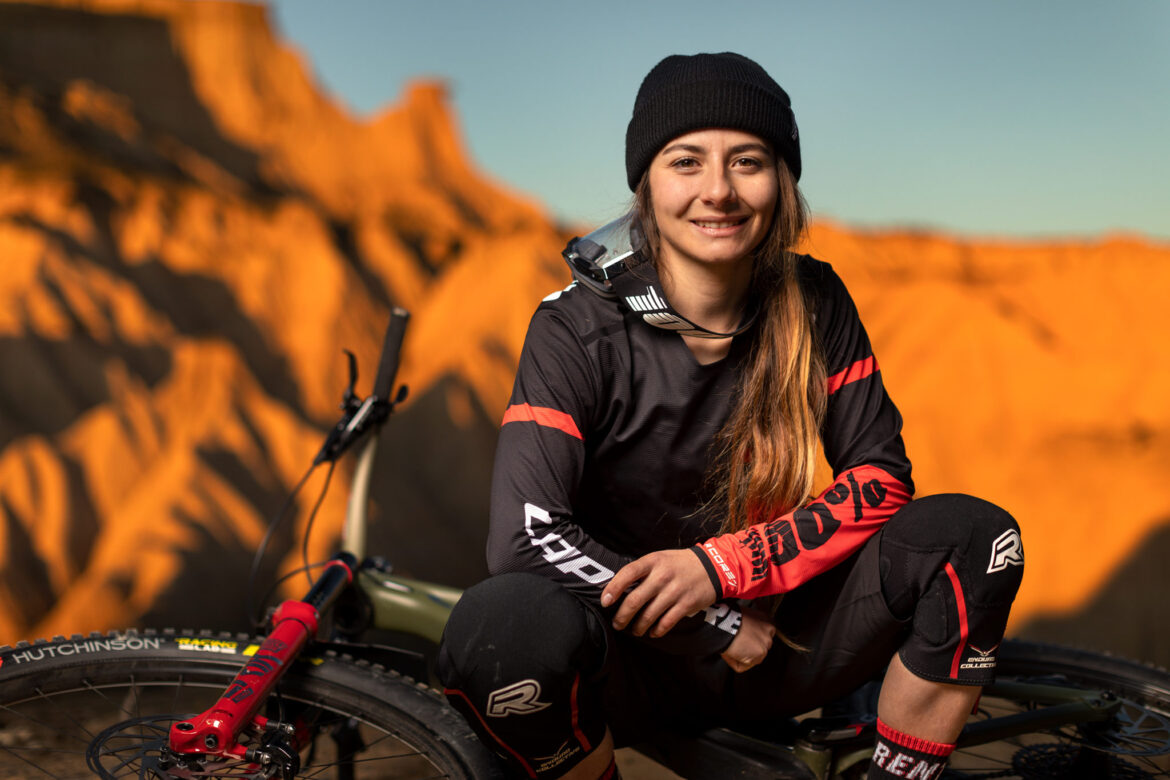
Enduro World Series leader, Isabeau Courdurier, was kind enough to share her experiences on the topic, and some of the things she has done to improve comfort and grip strength when faced with two full days of massive EWS stages.
“I run my brake lever almost flat because after trying all different kinds of positions it is the one I feel my wrists and arms suffer less,” says Courdurier. “Suspension tuning is key! Especially the low-speed settings. You want your bike to absorb the little bumps rather than your arms.” She also says that fitness and core strength make a huge difference.
“I work with a physio for my shoulders more than my wrists. I feel like they play a huge role in being able to handle your bar on long race days. We work on getting a solid base and make them ready in case of a crash or collapsing on my stem. Push-ups (all kinds especially the ones with proprioception), elastics, and weights are part of the program. My physio is my brother, Romain Courdurier. He is a big support and helps me make my career last more than a year.”
Our bodies are amazing compensators. Koch explains, “On your bike you’re using what you need to get the job done. So we know that we need to go downhill, and we use what we have. Which includes more hand gripping, using that for control and stability verses being able to control it via our body and our trunk. That’s where a lot of these issues stem from.”
Many of us subconsciously make similarly poor adjustments on the way uphill.

“If you’re down on the saddle, with that point of contact on your butt; if you don’t maintain that good position with your trunk then you’re going to end up sagging forward and making a slumped posture as you’re climbing. Then you end up rounding [your back] more and crouching your shoulders to get that little bit of weight forward. That’s going to put more stress on your neck and on your hands. You can almost pull with them. At a time when your hands should actually be pretty light. Most athletes have no clue what’s going on with their bodies. They just know how to get up the damn hill.”
So what does Koch have clients do to determine where they might have weaknesses, and begin to strengthen those areas? “There’s some different hip-hinge exercises. So, you can be on your knees, and you focus in on offloading your hands by basically doing a deadlift type movement. So basically offloading to the trunk. Then paying attention to what I feel working. What do i feel I’m using for that with the upper body. Am I arching forward? Can I maintain it?.”
Koch has clients go through this sort of “check-in” exercise to see which muscles are working hardest in a given position. From there she can determine the potential weaknesses they may have and give them exercises to fortify those muscles.
“We’ve all been taught to just push through things. We’ve almost been programed that it’s okay. You’ll get stronger. And, well, you just pattern your compensation stronger. The only way that you’re going to be able to break things down is to actually figure out what the hell your body is telling you. Then make sure that your back and core are strong enough for that, as well as really focusing in on shoulder blades.”
Unior Devinci Factory Team downhill athlete, Dakotah Norton, has also struggled with arm pain. Norton has tried a different approach to manage his arm pump on World Cup courses; making the bike more compliant.
“Aside from doing arm pump specific training, I do some things to help make the bike more compliant. Personally, I try to keep the tire PSI low and run a Cush Core to deaden the vibrations from the front wheel. I run my spokes a bit loose and run the most compliant handlebar I have available. Running a comfy grip is important, there are some on the market with thicker rubber under the palm, and having a soft rubber makes a difference in my opinion. One that is overlooked for me is proper fork set up when people keep trying to soften the fork to make it less harsh it will sometimes pack into the mid-stroke and get a more harsh ride in return. I personally believe in running my brake levers so my wrist is straight to my forearm, I don’t like it when I have to bend my wrist to touch the brake, although it is a personal preference.
Norton doesn’t work with a physiotherapist, but makes it a point to stretch his hands and arms regularly.
From the core Koch works toward the hand, but the shoulders — again — are crucial. “So, it goes, core and trunk are our main base stabilizer,” she says. “Then shoulder blade muscles, then shoulder muscles, then hand. Because it all tracks back to where you get your stability from. It’s like playing tug with a dog on a wood floor. You can swing them everywhere. They’re working so hard, but they don’t have a stable base. Same dog, if you put them on carpet, now they don’t have to work as hard. They have a stable base and they can use it more readily. They don’t have to overuse it. [For mountain bikers] if you’re not getting it from your body, where are you going to get it from? Your hands. It’s our last effort of ‘what the hell can we use?.'”
So, what about folks who have a strong enough core and shoulders? “Grip strength exercises in different positions of their body, with different wrist positions. Making sure that you’re maintaining good wrist posture. Also, making sure that they have the brakes that they need for that race or that time. Do they need to have it really kick, or do they need a little more modulation — where they’ll be in the brake a little longer, but it’s not going to be as quick of a kick. So they’ll be less likely to crash, and they’re going to keep their traction better. That usually means gripping for longer. That’s versus less modulation, more on-and-off, [Shimano] XT style, then you don’t have to grip near as much but you have to be more precise. It’s usually better if you are getting more grip stuff [pain], you don’t have to maintain that ‘on’ period for as long. But you have to be precise. Your modulation zone is tiny.”
Given her engineering background, Koch could go into bike setup for pages and pages. She offered a few things to think about when it comes to setup. “Then, looking at suspension. How have they set up small bump accommodation? Making sure they’re not running too high pressure in their tires. If they’re a bigger dude, maybe even going to Cush Core. Any time that you have more vibration it pisses off the nerve that goes to your carpel tunnel. They just don’t like it.”
“A lot of people think that if they get a wider platform for their hand it’s better, but it’s not. And, if you have really big hands it could be, but the grips with the platform on the outside actually just make it almost more likely that you’ll weight through it. Especially if you’re not a seasoned rider, or you’re not really focused on your form. Also the sweep of the bar. If you have less sweep then you want to be more over the top of it, and further out with your elbows. But if you have less sweep and you’re not in that position, then you’ll weight more of the outside of your hand.”
So, what grips should folks try? Are there really better ones? “It depends on what type of rider they are, and how seasoned a rider they are or how strong. The ESI Extra Chunky grips are foam based, and they just change how you grip. It’s different enough that when people pop those on it’s a little bit of vibration damping. And it’s a smidge bigger, but not extremely, so it makes them more aware of what’s going on down there. I personally like the Ergon GA2s, because it’s a little bit change of grip but it’s not a huge amount. There are probably several brands that would be good.”
Cory Steber from grip and saddle manufacturer SQlab offered a few things to think about in relation to grip size. “Grip shape and size also greatly affect the hands. When a grip is too large, it can be a challenge to completely enclose the grip with the hands. Regarding shape, when a grip is perfectly circular it can lead to cramping or even fatigue over time as the hand has to have a tighter hold in order to keep gripping.” That’s why SQlab makes grips with the Ergobar concept, a flattened, angular outside grip surface area provides the perfect fit for the hands and finger joints. Steber says that it makes it easier to get a better grip.
Finally, Koch gets at the brake lever positioning that Courdurier mentioned above. “Every muscle is made to work at an optimal length and tension ratio.” Think of someone carrying something heavy with a 90° bend and their forearm parallel to the ground. Their bicep is loaded.
“That’s because when a muscle is in its mid-position that’s here it can contract, and have the biggest contraction, verses when it’s super lengthened it can just barely contract and if it’s all the way over (fully bent elbow) then it has nowhere to go. You can feel that [the difference] if you grip with your wrist straight, then bent back, then bent forward. It works the same with your index finger on the brake.” From there, Koch says to mess around with the brake’s engagement point to determine where it will feel best.
In addition to all of these strength and ergonomic elements Koch talked about how hand and wrist pain can come from a lack of neck flexibility or a neck injury. Particularly in the upper part where we nod our heads. Grip issues can even come from an overly tight and immobile upper back which a lot of us experience after hunching over computers all day. If your core and shoulders are rock solid and your arms are in good shape, the bike setup is dialed, and you’re still experiencing an over abundance of pain, you may want to contact Koch through her website The Ride Life, or another online PT to help locate where the symptoms originate.

We would like to thank Liz Koch for sharing this handy information. Are there other areas of discomfort on the bike that you would like her to address? Please let us know in the comments.






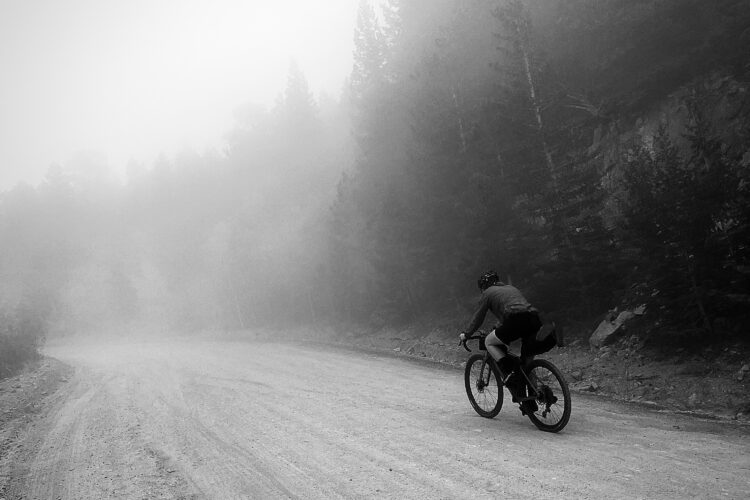
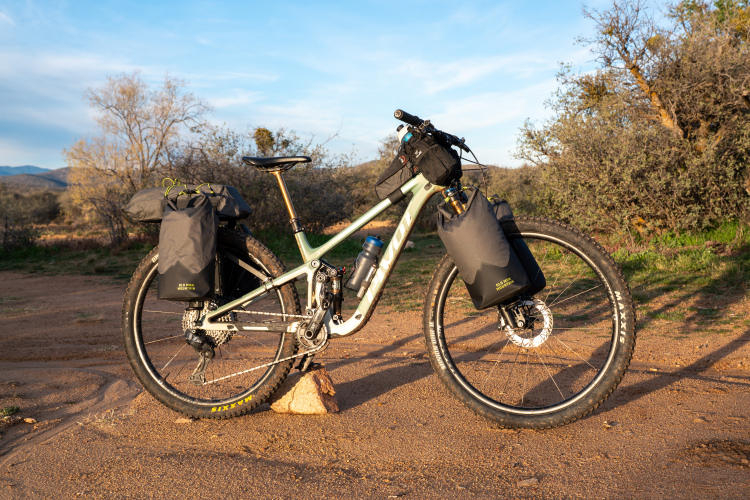
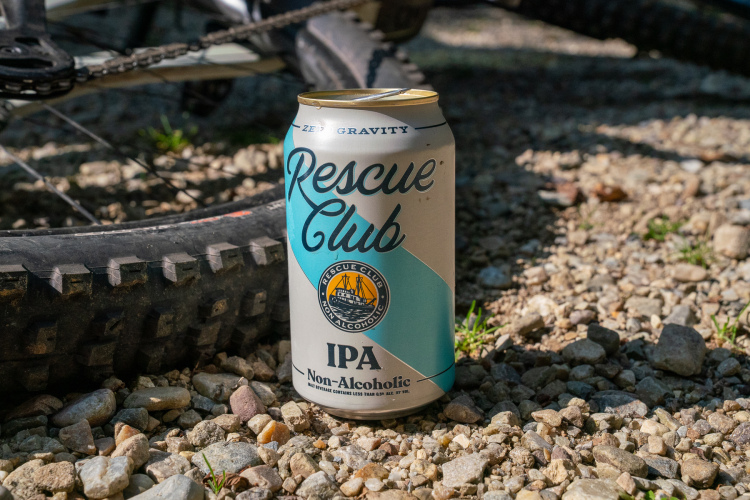
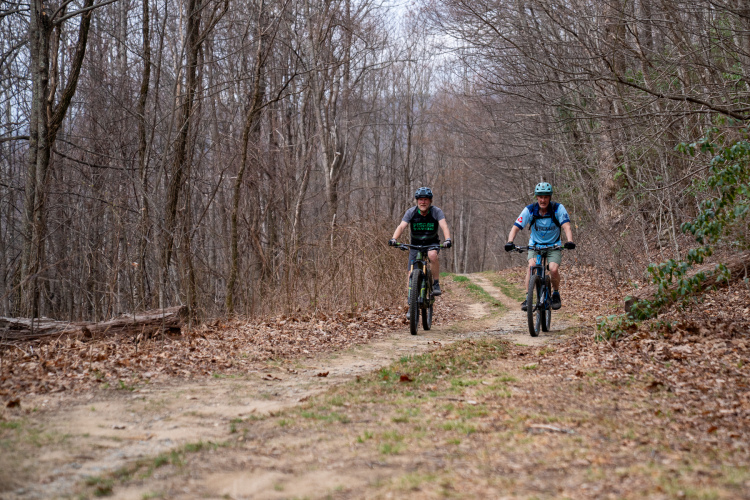

2 Comments
Sep 16, 2021
Aug 17, 2020